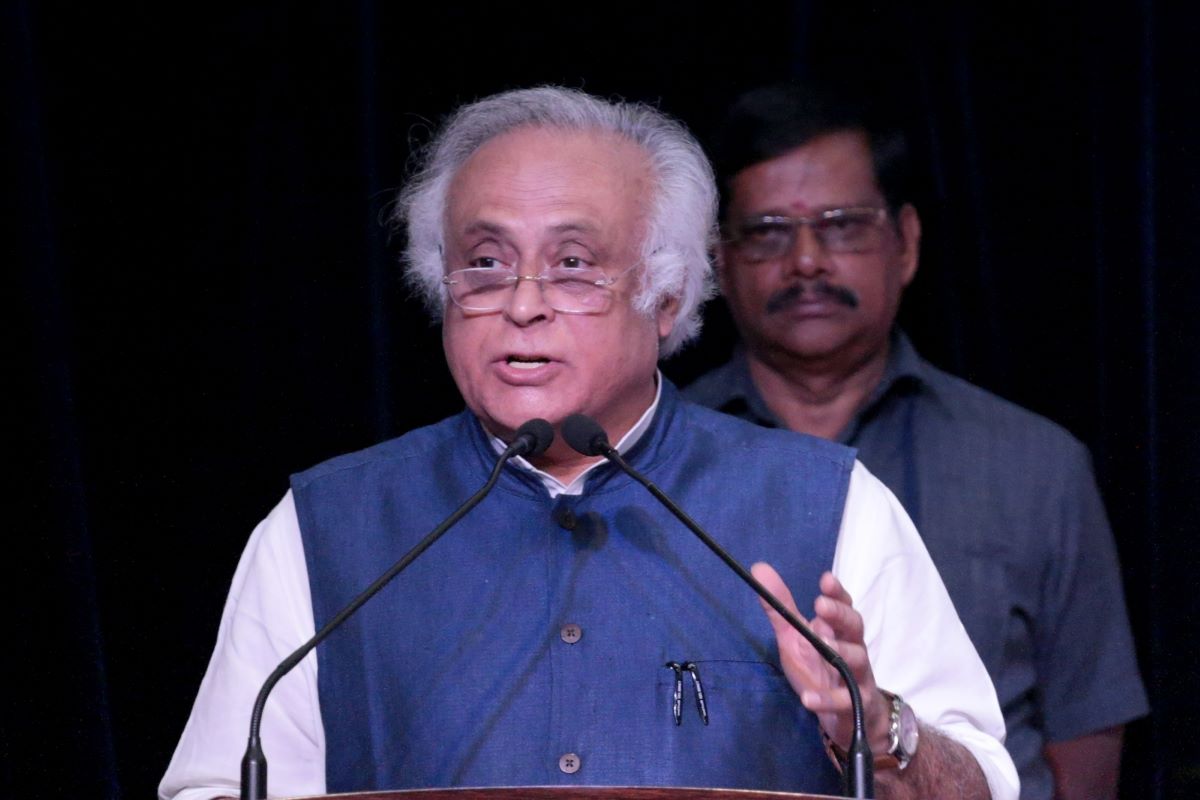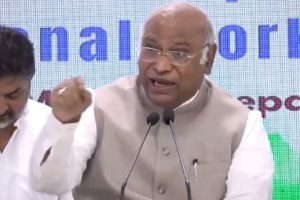On Sunday, Congress General Secretary Jairam Ramesh called the Central government a “pathological liar” while sharing a letter from 2009 about Project Cheetah to hit back at the Centre over the allegation that “no constructive efforts” were made by the previous governments to the re-introduction of cheetahs in India.
“This was the letter that launched Project Cheetah in 2009. Our PM is a pathological liar. I couldn’t lay my hands on this letter yesterday because of my preoccupation with the Bharat Jodo Yatra,” Ramesh tweeted.
Advertisement
In 2009, Jairam Ramesh was a Minister of State (independent charge) for Environment and Forests back during the Congress government and had written a letter to Wildlife Trust of India, giving the go-ahead to the Project Cheetah.
In the letter shared by Ramesh, he had asked Dr MK Ranjitsinh of the Wildlife Trust of India to build a detailed roadmap for the reintroduction of the Cheetah which should include a detailed analysis of different potential sites.
The letter reads, “I have received your letter dated September 28 and October 6, 2oo9. Please go ahead and prepare a detailed roadmap for the reintroduction of the Cheetah which should include a detailed analysis of different potential sites. The analysis should be carried out by the Wildlife Institute of India in collaboration with other organizations like BNHS and WTI. You may also like to take State Forest Departments as part of this study. I expect that the roadmap will be submitted to the MoE&F by the end of January 2010.”
On Saturday, Prime Minister Narendra Modi released eight wild cheetahs, which had become extinct in India, in Madhya Pradesh’s Kuno National Park.
Under Project Cheetah, which is the world’s first inter-continental large wild carnivore translocation project, Cheetahs brought from Namibia were introduced to India. Out of the eight cheetahs, five are female and three are male.
Notably, the cheetah was declared extinct in India in 1952 and has been brought under an MoU signed earlier this year.
Cheetahs will help restore open forest and grassland ecosystems in India.
This will help conserve biodiversity and enhance the ecosystem services like water security, carbon sequestration and soil moisture conservation, benefiting society at large.
The coverage of Protected Areas which was 4.90 per cent of the country’s geographical area in 2014 has now increased to 5.03 per cent.
(With Inputs from ANI)











